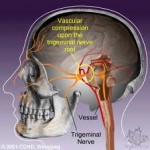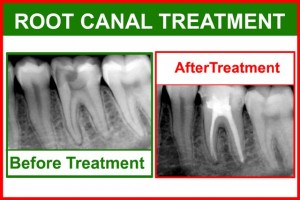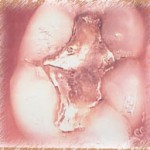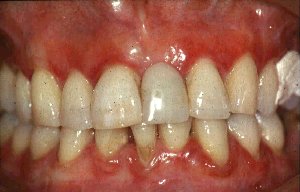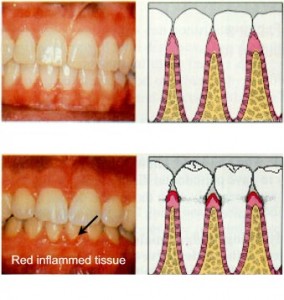Â
What is Gingival Recession?
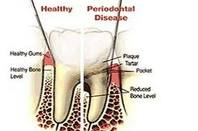
Gingival recession is a dental condition characterized by shrinking gums which expose root surfaces and reduces the zone of attached gingiva. It is a precursor for loss of thin cementum surrounding the teeth and wearing of enamel at the gum line. Exposed root is potentially sensitive via exposed dentinal tubules which can transmit stimuli to the pain receptors in the pulp (inner nerve). Cold, hot and sweet stimuli, drying with an air spray and the use of an ultrasonic scaler results in sensitivity. This situation deters the patient from brushing properly leading to plaque accumulation on the root surface and aggravates the sensitivity. It develops during late teens and early 40’s. Continue reading
